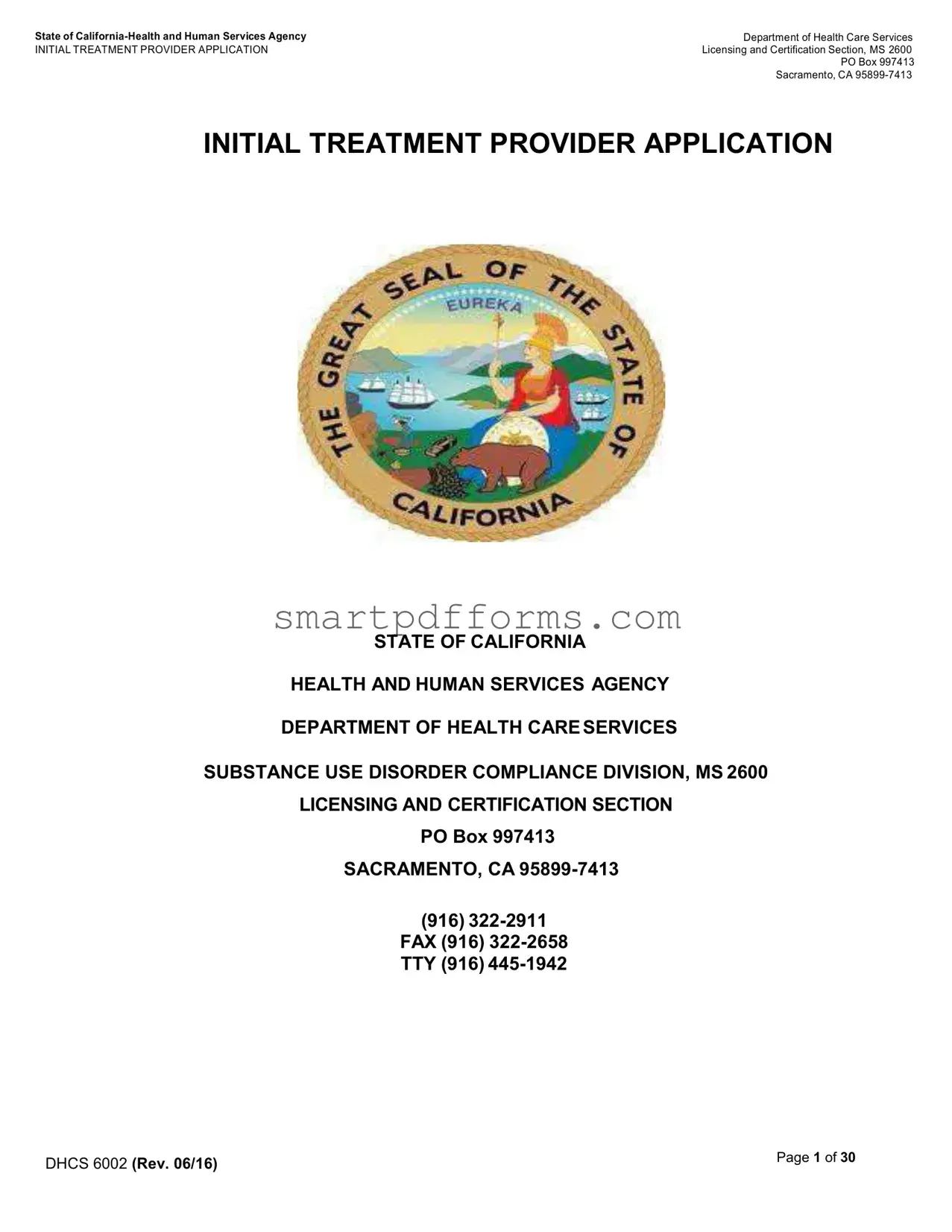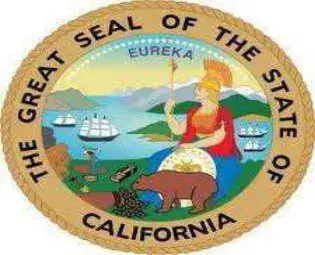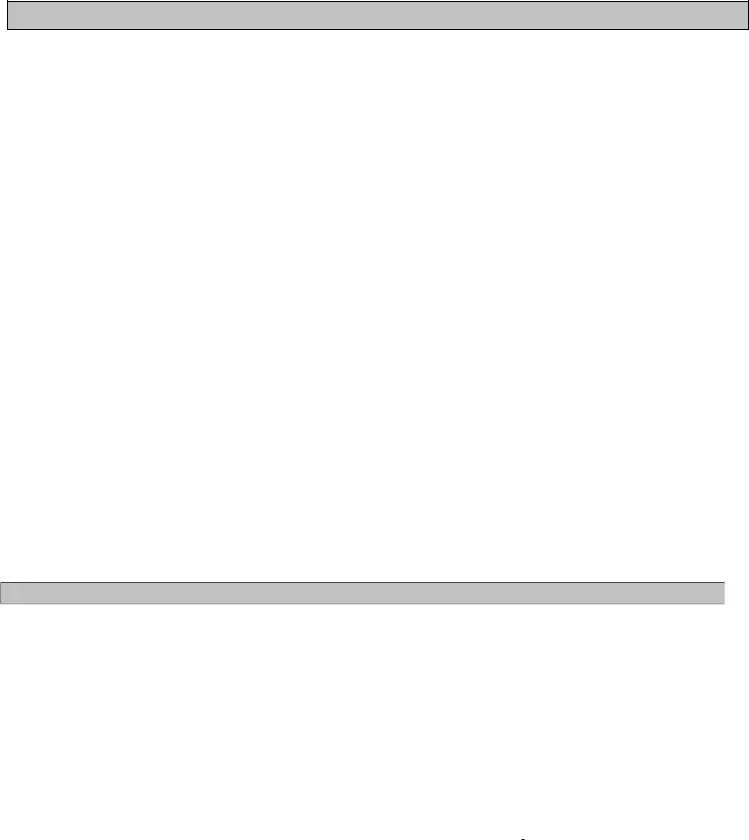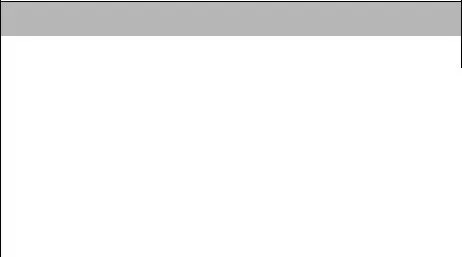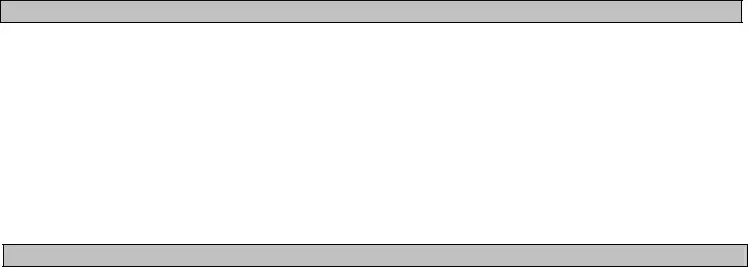State of CaliforniaHealth and Human Services Agency |
Department of Health Care Services |
INITIAL TREATMENT PROVIDER APPLICATION |
Licensing and Certification Section, MS 2600 |
|
PO Box 997413 |
|
Sacramento, CA 958997413 |
3.Administrative/Corporate Address – This box must contain the physical address of the legal entities main office. This address may match the programs address if the entity does not have a separate Administrative/Corporate address. P.O. Boxes or other mail receipt addresses will not be accepted as an administrative address; however, a P.O. Box may be used as a mailing address, as identified in instruction #5 below.
3a. Room/Suite – If applicable, enter the room or suite number of the administrative/ corporate address.
3b. City – Enter the city of the administrative/corporate address.
3c. State – Enter the state of the administrative/corporate address.
3d. Zip code (zip) – Enter the zip code of the administrative/cooperate address.
4.Entity/Program Website Address – If the legal entity has a website, the website must be entered in this box. If the entity has a website and has a separate website specifically for the program, please enter both website addresses. If the entity/program has no website, enter “None” in this box.
5.Mailing Address – Enter the facility’s mailing address. P.O. Box maybe used as a mailing address. Note: The department will use this address to send all official mail.
5a. Room/Suite – If applicable, enter the room/suite number of the mailing address. 5b. City – Enter the city of the mailing address.
5c. State – Enter the state of the mailing address
5d. Zip code (zip) – Enter the zip code of the mailing address.
6.Entity Type – Check the box that describes the type of legal entity in which yourorganization operates. Below are specified instructions for:
Corporation, LLC, or Limited Liability Partnership (LLP) – For a corporation of any type, LLC, or LLP include the articles of incorporation under Tab #2.
Partnerships or General Partnership – For a partnership of any type include the partnership agreement under Tab #2. If the entity is registered with the SOS, include the articles of incorporation under Tab #2.
Sole Proprietor only – Submit a copy of the fictitious business name statement or business license if different from your full legal name.
Governmental Entities only – Governmental entities do not need to provide documentation.
7.Type of Organization – Check the box that describes the tax status of your entity. If you check ‘other’, please give a detailed description, including the government entity that granted the status. Below are specified instructions for:
Nonprofit organizations only – must include a copy of the 501(c)(3) filing from the California Secretary of State under Tab #2.
8.Does the applicant currently hold any licenses or certifications issued by DHCS (or the former Department of Alcohol and Drug Programs) or the Department of Social Services (DSS)? – Check ‘Yes’ if your legal entity has any other programs currently licensed and/or certified by the listed departments; check ‘No’ if not. If you check ‘Yes’ enter the license, certification and/or DMC billing number of all of your other facilities and select the type of facility from the drop down list. For entities with more facilities than the form allows, please attach a separate list of all licensed and/or certified facilities, their license number(s), certification(s) and/or DMC billing numbers, including the type of license and/or certification that has been issued under Tab#1.
